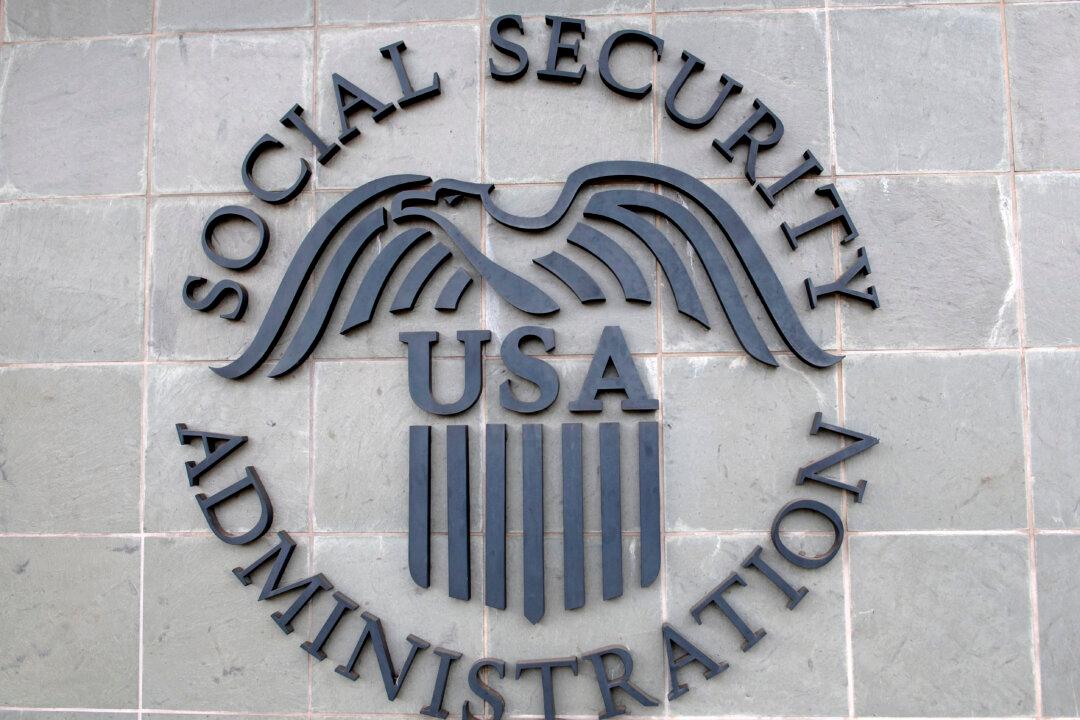Social Security cost-of-living adjustments (COLA) for 2025 could be less than earlier estimates, worsening the financial situation of recipients, according to The Senior Citizens League (TSCL).
“The 2025 COLA prediction is about 2.57 percent, down from 2.66 percent last month,” Alex Moore, Social Security and Medicare statistician at TSCL, said in a June 12 press release. This year’s COLA increase is crucial “because many seniors said it didn’t keep up with their real-life expenses last year,” the organization stated. The COLA increase of 2023 was 8.7 percent, which dipped to 3.2 percent in 2024. In TSCL’s 2024 Senior Survey, 69 percent said their household costs rose faster than COLA in 2023, with some of the main increases being housing and food expenses.





